Signed Gallé in reserve, acid-etched cameo.
Height 40.5 cm.
Émile Gallé (1846-1904):
Émile Gallé was born in Nancy. He came from a family of artists. He was a French industrialist, master glassmaker, cabinetmaker, and ceramist. He was the founder and first president of the Nancy school in 1901. What is less well known about him is his research in genetics and evolution concerning the plant world. He did not just reproduce it, he took a scientific interest in it. After studying mineralogy in Germany, he went to study glass in Meisenthal and ceramics in Saint-Clément, then joined the family glass business in 1867. He represented his father at the Universal Exhibition. In 1871, he left for London to perfect his English and work at the Kensington Museum and the Royal Botanic Gardens at Kew. Émile Gallé did not limit himself to theoretical teaching; he also learned glassblowing. He added to this a good knowledge of cabinetmaking and, above all, the family passion for the natural sciences, particularly plants, which led him to drawing. In Nancy, he was notably a student of Dominique-Alexandre Godron, a naturalist and doctor. Upon his return from London, he settled in Paris to study the art of ancient crystals, the mass enamels of Philippe-Joseph Brocard's Arab lamps, and the Japanese art of Eugène Rousseau. It was with all his experience that in 1877 he took over the activities developed by his father and set up shop on Rue de la Garenne in Nancy to expand the business. It was at the 1878 World's Fair that his fame spread worldwide, winning four gold medals. In 1883, he built vast earthenware, glass, and cabinetmaking workshops, setting aside a room in the center for his projects. Many artists and craftsmen began working for him. He opened several counters and regularly exhibited his own works there. In 1889, he received the Grand Prix at the World's Fair. Three hundred artists and craftsmen now worked for him. He participated in the 1893 World's Fair in Chicago. The following year, he opened his crystal factory and participated in the Lorraine Decorative Art Exhibition in Nancy. The beginning of the 20th century saw the crowning glory of his talent. Covered in honor and glory, he became a member of the National Society of Fine Arts in Paris and several learned societies. He died at the height of his fame following an illness in 1904, undoubtedly linked to the practice of his profession.














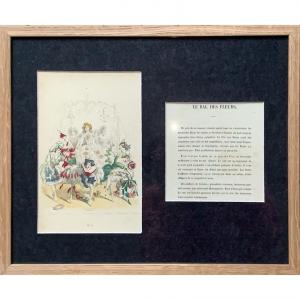






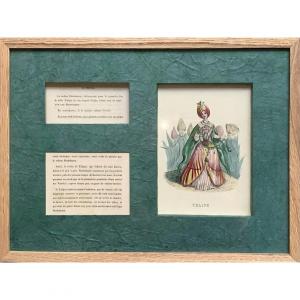


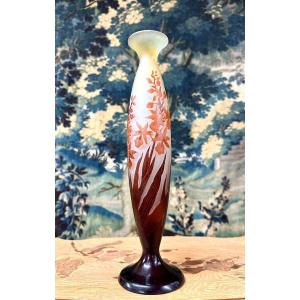
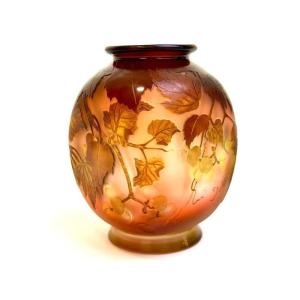

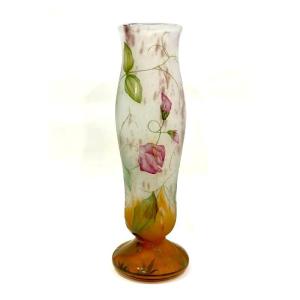
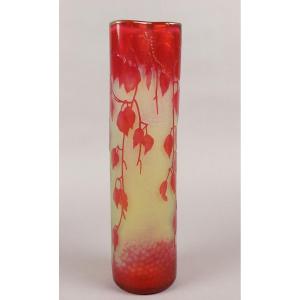



 Le Magazine de PROANTIC
Le Magazine de PROANTIC TRÉSORS Magazine
TRÉSORS Magazine Rivista Artiquariato
Rivista Artiquariato